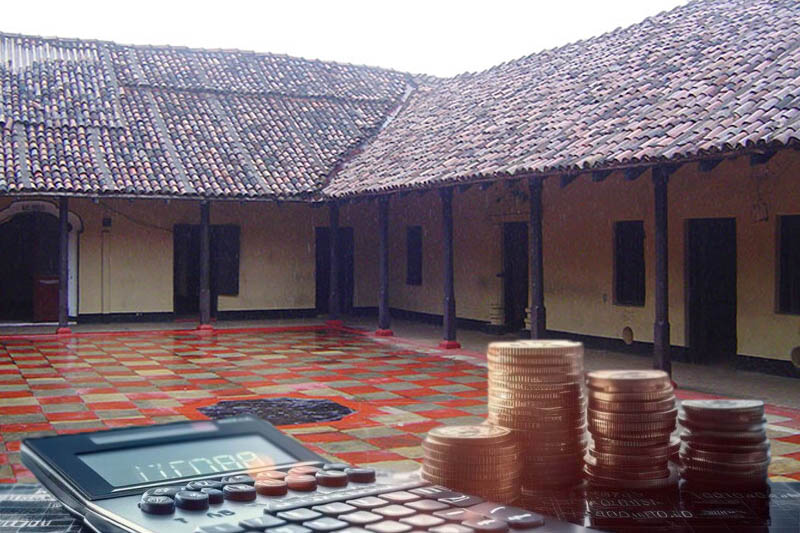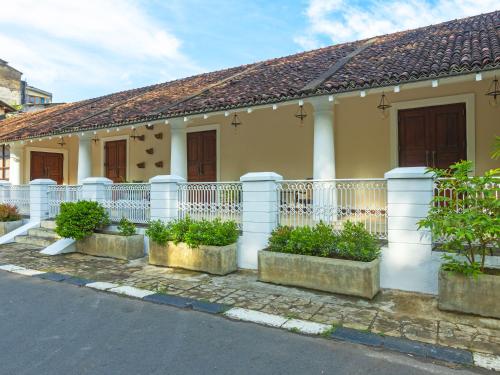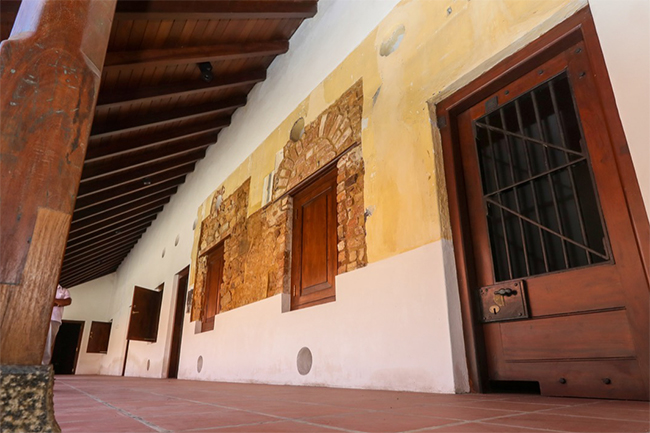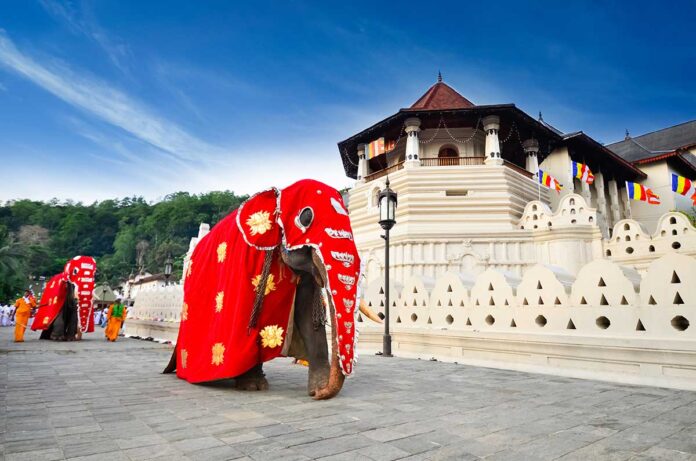In a significant decision that intertwines history with cultural preservation, the Sri Lankan Cabinet, during its meeting on February 19, gave its approval to transfer the revered Ehelepola Walawwa to the custodianship of the Temple of the Tooth Relic, known as Sri Dalada Maligawa.
The move comes following thorough deliberations involving the President, the Secretary, and consultations with various stakeholders. A comprehensive report was submitted, advocating for the transfer of Ehelepola Walawwa to the Temple of the Tooth Relic. The report highlighted the importance of utilizing this historic edifice to showcase the rich heritage of the Kingdom of Kandy, dating back centuries.
Ehelepola Walawwa, steeped in history and tradition, was the ancestral home of Ehelepola Disawe and his family, situated in the heart of Kandy, Sri Lanka. Historically, walauwa refers to the feudal or colonial manor houses, symbolizing the prestigious residences of native Ceylonese headmen and courtiers during the era of the Kingdom of Kandy.
Ehelepola Nilame, a prominent figure in the annals of Sri Lankan history, played a pivotal role during his tenure as Adigar, serving under King Sri Vikrama Rajasinha. However, his story took a tragic turn with the betrayal he faced, culminating in the brutal execution of his wife and children. Subsequently, he aligned himself with the British, contributing significantly to the annexation of the Kingdom of Kandy.
The walawwa also holds poignant memories from the Uva Rebellion, serving as a prison for several chieftains, nobles, and Buddhist prelates who were later executed by the British colonial authorities. Despite its tumultuous past, Ehelepola Walawwa emerged as a symbol of resilience, earning recognition from UNESCO as a ‘Conserved Building’ and receiving formal acknowledgment as an ‘Archaeological Protected Monument’ by the Sri Lankan government.
With its transfer to the Temple of the Tooth Relic, Ehelepola Walawwa is poised to undergo a transformation into a living museum, encapsulating the essence of Sri Lanka’s historical and cultural legacy. The proposed wax museum aims to engage both local and international visitors, offering a captivating narrative of the island’s illustrious past.
The decision to hand over Ehelepola Walawwa aligns with broader efforts to safeguard and promote Sri Lanka’s cultural heritage. It underscores the significance of collaborative endeavors between governmental bodies and religious institutions in preserving invaluable landmarks for future generations.
As Ehelepola Walawwa embarks on a new chapter under the stewardship of the Temple of the Tooth Relic, it stands as a testament to the enduring spirit of Sri Lanka, where the echoes of the past resonate harmoniously with the aspirations of the present.





